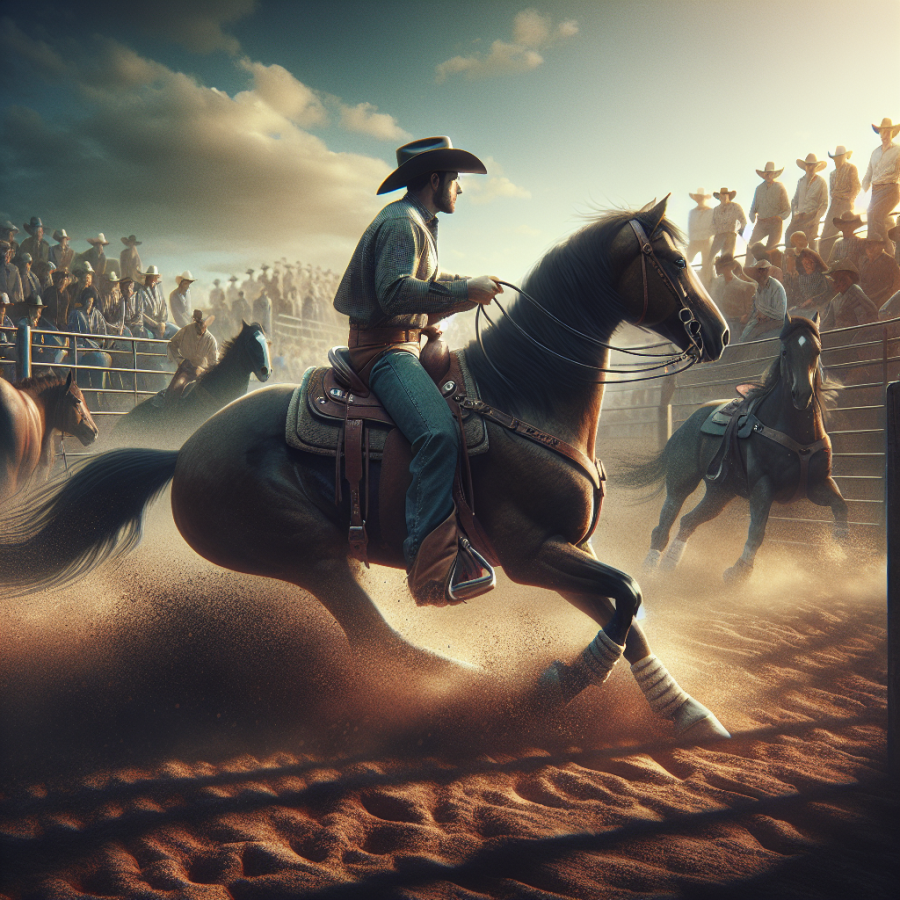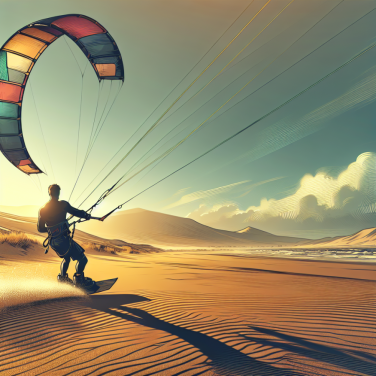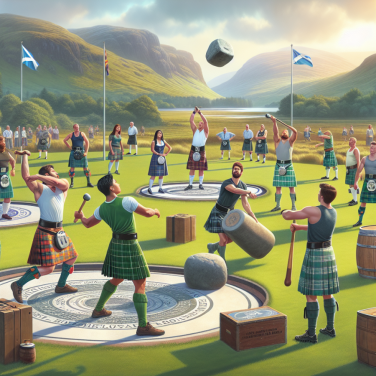Exploring the Roots of Campdrafting: A Glimpse into Australia's Outback Heritage
Campdrafting is not merely a competitive Australian sport; it is a vibrant thread woven into the fabric of Australia's outback heritage, deeply connected to the country's rural identity and cowboy legacy. The roots of this thrilling equestrian activity are firmly planted in the vast cattle stations of Australia, where the skills and challenges that define campdrafting first emerged from the day-to-day work of drovers and stockmen.
The tradition began in the early 19th century when large herds of cattle roamed the expansive tracts of land, and managing them became an integral part of ranch life. These cattle properties were isolated, and the task of handling wild and sometimes unpredictable cattle necessitated not just robust horsemanship but also a strategic approach to guide and control the animals. The stockmen, often regarded as the Australian equivalent of the American cowboy, honed their skills in accurately cutting cattle from the herd and developed methods to direct them effectively, which formed the foundation of what is known today as campdrafting.
It's impossible to delve into campdrafting's lineage without acknowledging the bond between rider and horse. Horses are not just a means of transportation for the stockmen; they are partners in a carefully orchestrated dance of precision and timing. Breeds such as the Australian Stock Horse are revered for their agility, intelligence, and stamina, traits that make them ideally suited for the fast-paced and intricate maneuvers required in campdrafting. The evolution of the sport has seen these horses become highly sought after, with their training starting from a young age to ensure they can cope with the rigors of competitive campdrafting.
As campdrafting spontaneously transitioned from a stockman's job into a form of community entertainment, riders began to compete informally, showcasing their skills and the abilities of their horses. By the late 19th and early 20th centuries, what once was an essential task on cattle stations had blossomed into a formalized sport. A standard set of rules was created to ensure competitiveness and fairness, bringing structure to the competitions.
The competitive aspect of campdrafting includes two distinct phases that mirror the tasks of the stockmen of the past. The first phase, known as 'the camp,' requires riders to select and segregate a steer or heifer from the herd within a small enclosure. Demonstrating control and command, the rider must then skilfully direct the animal to the gate and drive it out into the larger arena or 'the course.
Read also:
Winter's Thrill: An Exploration of Freestyle Snowboarding
The Techniques and Trials of Modern Campdrafting: Keeping the Cowboy Spirit Alive
Campdrafting is a unique Australian sport that requires a combination of horse riding skill, cattle handling, and a deep understanding of both animal and rider psychology. At its heart is the ability to work as a team with your horse to guide a steer around a set course in the fastest and most efficient manner possible. The sport has evolved over the years, embracing modern techniques while maintaining the raw essence of the traditional cowboy spirit.
The process of modern campdrafting involves several intricate techniques that riders must master to be successful. One such technique is the 'roll of the wrist,' which refers to the subtle yet precise way a rider uses their hands to communicate with their horse. This communication is vital in guiding the horse while ensuring the steer remains on the course. Riders also utilize body positioning to influence both the horse's and the steer's direction. A rider leaning into a turn can help the horse to understand and anticipate the required move, while also blocking the steer's attempt to break away from the course.
Horses used in campdrafting have undergone a transformation with selective breeding and meticulous training regimes aimed at enhancing agility, speed, and responsiveness. A modern campdrafting horse needs to have "cow sense," an almost instinctive ability to anticipate the cattle's movement. Training these horses involves hours of practice and exposure to work with cattle, creating a partnership where horse and rider operate as one.
The trials of modern campdrafting go beyond the physical challenges and into the mental space. The psychology of competition comes into play as riders must contend with the pressure of performing in front of judges and audiences. Mental toughness is just as critical as physical dexterity, with riders needing to maintain composure, focus, and a strategic mindset throughout the event. Riders must read the behavior of the cattle effectively, which can be unpredictable, and adjust their strategy instantaneously to the subtlest of cues.
In addition to the mental and physical skill set required, modern campdrafting also incorporates advances in technology and animal welfare. The use of video analysis has allowed riders and trainers to study performances in detail, identifying areas for improvement in both rider technique and horse training methods. On the welfare front, regulations ensure that the cattle are handled humanely and that the horses are well cared for, with veterinary checks part of the routine at competitions.
These modern practices have not only enhanced the safety and integrity of the sport but have also elevated the level of competition, pushing riders to refine their skills continuously.




